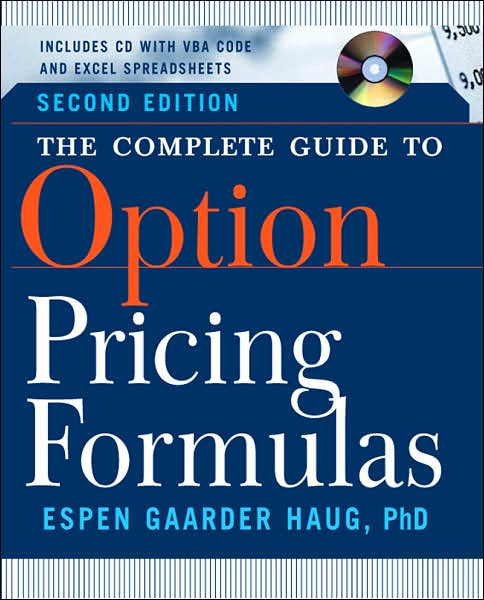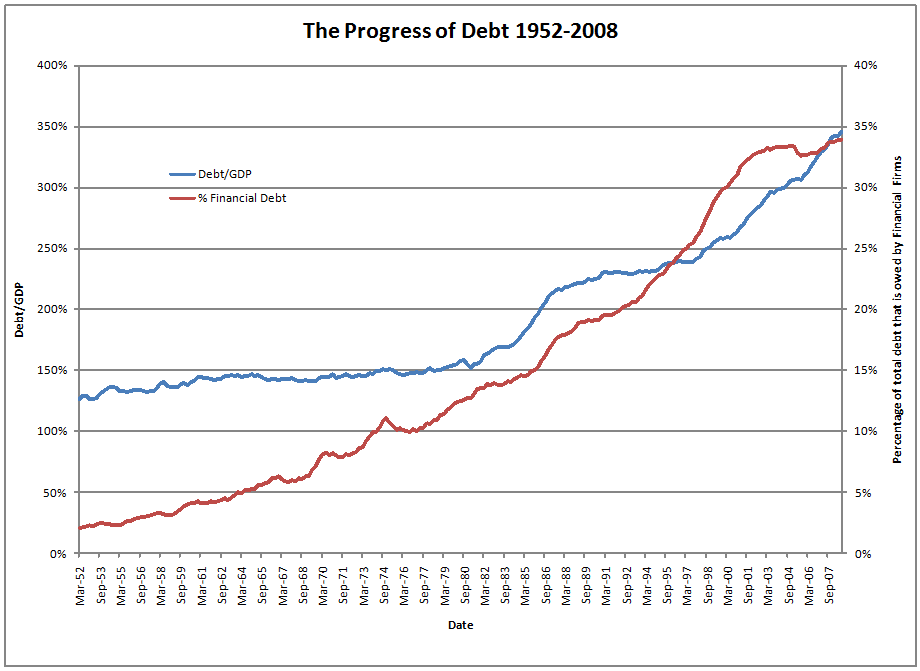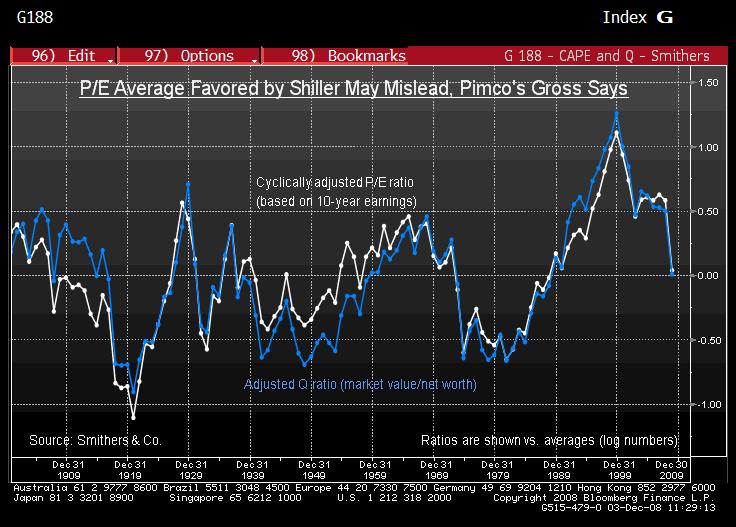1) So many managers lose confidence near turning points, like Bruce Bent in this article.? Still others maintain their discipline to their detriment, not realizing that they have a deficiency in their management style.? Alas for Bill Miller.? A bright guy who did not get financials, or commodity cyclicals.
2) We will see rising junk bond defaults in 2009.? Some defaults will be delayed because covenants are weaker than in the past.? But defaults primarily occur because cash flow is insufficient to finance the interest payments on debts.? That can’t be avoided.? After Lehman, what can you expect?
3) As housing prices fall, which they should because housing is in oversupply, more homeowners find themselves in trouble.? Remember, defaults occur because a property is underwater, and one of the five Ds hits:
- Divorce
- Disability
- Death
- Disaster
- Dismissed from employment
As it stands now, the jumbo loan market is looking at more trouble — there was a lot of bad underwriting there during the boom.
4) I am not a fan of workouts on residential mortgage loans.? Most of them don’t work out.? Loans typically default because of one of the 5 Ds, and modifying terms is adequate to help a small number of the borrowers.
5) I’ve talked about this for a while, but Defined Benefit pensions (what few remain) have been damaged in the recent bear market.? What should we expect?? When companies offer a fixed benefit, and rely on the markets to fund it, they rely on the kindness of strangers, who they expect to buy equities when they need to make cash payments on net.
6) There are two credit markets.? Those that the government stands behind, and those that it does not.? That is the main distinction in this credit market, with Agency securities falling into a grey zone.
7) If we were dealing with your father’s financial instruments, we would use his financial rules.? As it is, more complex financial instruments that are more variable in their intrinsic value must be valued to market, or, the best estimate of market. There are problems here, but remember that market does not equal last trade for illiquid, complex securities.? Also, there should be caution over level 3 modelled results.? From my own work, those results are squishy.
8 ) During a crisis, many relationships boil down to liquidity.? Who has it? Who needs it, and at what tradeoff?? The same is true of venture capital today.? Who will fund their commitments?? Beyond the issue of dilution looms the issue of survival.? VC backed companies lacking cash will have a hard time of it in the same way their brother public companies do.
9) The Fed ain’t what it used to be.? Today it has all manner of targeted lending programs, and a disdain for stimulus through ordinary lending.
10) General Growth Properties relied on continual prosperity, and look where it led them.? Better, consider the Rouses who sold to them near the peak.? Good sale.
11) How can SunTrust be in this much trouble, needing a second does of TARP funds so soon?? I don’t get it, but it is endemic of our banking sector.? The TARP Oversight Panel is supposedly going to ask a bunch of questions to the Administration regarding past use of TARP funds, but the questions are vague and easy to answer in generalities.
12) There were warnings of trouble inside both Fannie and Freddie, as well as a few recalcitrant analysts outside as well (including me).? Now they recognize the trouble they are in, maybe.? (Also: here.)? Congress does what it can now, not to identify what went wrong, but to divert attention and blame away from themselves.? No one supported the expansion of Fannie and Freddie more than Congressional Democrats.? Political critics were marginalized.
Now, it is possible that Congress could double down on its stupidity, and cause Fannie and Freddie to not require appraisals on refinanced loans.?? They have enough credit risk as it is; should they do loans that are not adequately secured by the property?
13) The euro makes it to its ten-year anniversary, and we are told… see, as sound as a Deutschmark.? Well, maybe.? Having a strong currency might be fine for Germany, but what of Greece, where the credit default swap market is pricing in a 12%+ probability of default over the next five years?? They might like a weaker euro.
14) Is Britain a greater default risk than McDonalds?? Is the US a greater default risk than Campbell Soup?? Sovereign default is a different beast than corporate default.? Corporations don’t control their own currency (hmm… does that make Greece more like a corporation of the Eurozone? or more like California in the US?), and so bad debt decisions compound over longer periods of time, until we end up with inflation, a forced debt exchange, or an outright default.? It is possible for the US to default without Campbell Soup defaulting, but the life of any US corporation would be made so much more difficult by an outright default of the US government, that I would expect an outright default to cause most US companies, states, and other nations to fail as well, because of implicit reliance on the creditworthiness of the Treasury.
15)? What is stronger now, fear or greed?? Let’s take up greed.? I got a large-ish amount of responses to my pieces Does Not Pass the Japan Test, A Reason to Sell Stocks Amid the Rally, and my more bullish piece Momentum in the S&P 500.? There are a lot of bulls here:
Bottom-callers are out in droves, with many sophisticated arguments.? They all hinge on one idea: that we can return to normalcy soon with a compromised financial system, and debt levels that are record percentages of GDP.
16) On the fear front, we have:
Here’s the main graph from the second piece:

The basic idea behind the two pieces is this: sure, we’re at average valuation levels now, but in a real bear market values can get cut in half from here.? My view is this: we’re not at table-pounding valuation levels yet, but someone with a value and quality bent will make money over the next ten years.
17) Less helpful are pieces like this one: Five Sparks for a Stock Market Comeback.? His five sparks are:
- No More Downward Revisions to GDP Growth
- An Enormous Government Stimulus Package
- An End to Redemption-Related Selling by Hedge and Mutual Funds
- Increased Lending
- Tax Cuts
I fear this confuses the symptoms with the disease. Yes, it would be nice if many of these happened, but with the deficit hitting record levels, 2 and 5 are problematic.? In an over-indebted economy 1and 4 are tough as well.? As for point 3, you may as well argue with the sunrise, because most investors are trend-followers, whether they know it or not.? Redemptions typically end after the market has turned significantly.? It’s not a leading indicator, nor is it necessarily an “all clear.”
18 ) There are other reasons for concern, among them low t-bill yields.? There is significant fear, such that short term investors will take zero, rather than put principal at risk.? Maybe we should call t-bills the biggest mattress in the world to hide money under.
19) From the “read your bond prospectus with care department,” Catastrophe bonds are only as good as the collateral backing the deal or creditworthiness of the obligor.? Though it may have seemed a good idea at the time, allowing for lower quality collateral has caused the creditworthiness of several catastrophe bonds to suffer as Lehman defaulted, and as losses on subprime mortgages rose.? My take is this: analyze all the risks on a bond, even the obscure ones.? A lot of exchange traded note [ETN] investors probably wish they had paid more attention to who they were lending the money to, rather than the index attached to the notes.
20) The “read your bond prospectus with care department” does have a humorous side, as Paul Kedrosky points out on this amendment to some new Illinois GO bonds.? They don’t sound too worried, but maybe the lawyers have to be more pro-active, and put the following new risk factor into the prospectus:
Endemic Political Corruption
Your investment in the state of Illinois is subject to risks involving political corruption, which is a normal fact of life in Illinois. In lending to the State the lender bears the risk that the corruption level gets so great that it affects the trading value of these securities, and that interest and principal repayment could be impaired.
21)? Even if you don’t have 5 of your last 9 Governors removed due to scandal, like illinois, it’s tough to be a state nowdays.? Now you have the credit default swap [CDS] market spooking investors in your bonds.
22) So what would it mean for the Fed to issue debt?? Is it just an alternative to Treasuries and the Fed’s present relationship with the US Treasury?? A way to pay interest to those that participate in the Fed funds market, but can’t leave excess reserves at the Fed?? Or, a way to have a sovereign default without a sovereign default?
I’m not sure, but I would be careful here.? What can be used for a single limited pupose today can be put to unimaginable uses tomorrow.? The Fed’s balance sheet is already at much higher levels of leverage than it was three months ago.? Does it really want to take on more?? Granted, seniorage gains/losses go back to the Treasury, which then can borrow less or more in response, but as the Fed’s balance sheet gets more complex, it makes it more difficult to gauge their policy responses, and I think it will lead to a lack of trust in the Fed and the US Dollar.
23) With conditions like these, should we be surpised that volatility is high in the equity markets?? By some measures, it is higher than that in the Great Depression.? I’m not sure I would call it a “bubble” though.? Extreme Value Theory tells us (among other things) that when a probability distribution is ill-defined, don’t assume that the highest value that you have seen is as high as it can get.? Records beg to be broken.
24) It’s not as if I am the only one thinking about issuing longer US Treasury debt.? Now the Treasury is thinking about it as well.? It will fill a void in our debt markets that life insurers, endowments, and DB pension plans will want to invest in (and create a bunch of new leveraged fixed income investments for speculators).
25) Three articles to close with:
 This is not my ordinary book review.? These are good books that will only appeal to a small fraction of my readers, because few will have need for the knowledge. Both are written by Espen Gaarder Haug, who is kind of a character.? He collects option pricing formulas the way some people collect Barbie Dolls, Beanie Babies, or Baseball Cards.? He has interacted with some of the brightest minds in the field, and collaborated with a few of them.? In both books the math is significant — it would help if your calculus was sharp, and for any value some algebraic knowledge is needed.
This is not my ordinary book review.? These are good books that will only appeal to a small fraction of my readers, because few will have need for the knowledge. Both are written by Espen Gaarder Haug, who is kind of a character.? He collects option pricing formulas the way some people collect Barbie Dolls, Beanie Babies, or Baseball Cards.? He has interacted with some of the brightest minds in the field, and collaborated with a few of them.? In both books the math is significant — it would help if your calculus was sharp, and for any value some algebraic knowledge is needed. The second book Derivatives, Models on Models, is different.? He interviews 15 significant thinkers on options and derivatives, and presents 15 papers by them.? Most of them contain tough math; some I couldn’t understand.? The real value of the book was in the interviews, where many of the interviewees showed significant knowledge of the limitations of their models, and how derivatives were misunderstood by the public, or by their users.
The second book Derivatives, Models on Models, is different.? He interviews 15 significant thinkers on options and derivatives, and presents 15 papers by them.? Most of them contain tough math; some I couldn’t understand.? The real value of the book was in the interviews, where many of the interviewees showed significant knowledge of the limitations of their models, and how derivatives were misunderstood by the public, or by their users.





